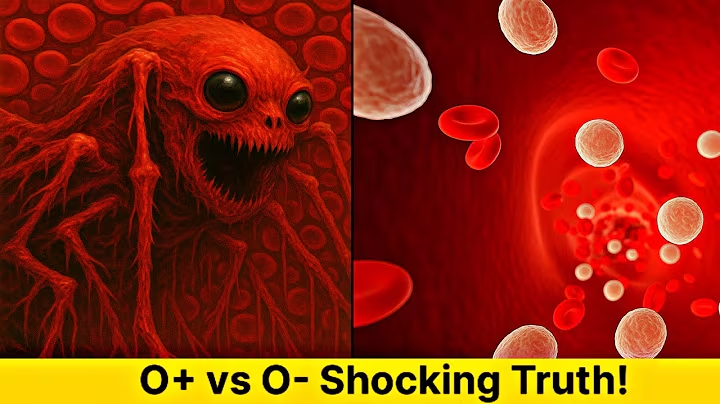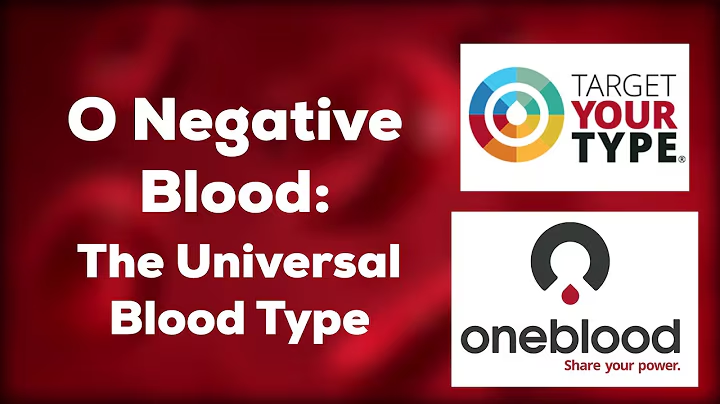THERE ARE MILLIONS OF PLANT SPECIES IN THE AMAZON APPARATUS THAT ARE KEY FOR HUMAN SURVIVAL. TAKE FOR INSTANCE, CORN, CHILLIES, VANILLA, TOMATOES, POTATOES, RUBBER*.
*The world could not likely survive without rubber. There is no substitute for rubber. The absence of rubber would lead to the collapse of modern transportation, electrical systems and industries reliant on its unique properties like elasticity and insulation. While artificial alternatives exist for some products, they lack the price, performance or quantity to full replace rubber, making its loss a significant threat to modern civiliztion's infrastructure and conveniences.
THE INCAN/MAYAN BLOOD GROUP "O"
Now, the Incan/Mayan blood "O" type is the most powerful blood that covers 38% of N.Americans, including Taylor Swift.
4.10.2025.
Blood Type O Just Analyzed by AI... And It's Not What You Think Most people think they know what Blood Type O means: the “universal donor,” the safe, simple category that saves lives in emergencies. But when artificial intelligence recently reanalyzed vast amounts of genetic and medical data, the story of O turned out to be far stranger than expected. Hidden patterns, surprising health links, and evolutionary secrets are rewriting what we thought was settled science. Let’s dive right in because you might never look at blood the same way again.
4
4.10.25.For decades, Type O blood was considered simple,
even unremarkable.
But in 2025, a groundbreaking study turned that
assumption upside down.
Scientists uncovered new clues hidden deep in Indigenous
DNA, clues that may
xplain why this ancient blood type has survived unchanged
for thousands of years.
What they found challenges everything we thought we knew
about immunity, ancestry,
and human evolution. This story isn’t about science fiction
or conspiracy.
It’s about real blood, real history, and a discovery
that might reshape how we see
ourselves, and who we may have overlooked in the process.
The truth is stranger than anyone expected.
The Mystery of Type O Blood: An Indigenous Heritage in the Americas. In the heart of the Americas lies a profound enigma that has puzzled scientists and historians for centuries. It's a mystery that traces back through the annals of time, whispered in the legends of ancient civilizations and etched into the very bloodlines of indigenous peoples. The Type O blood, a genetic anomaly, has been found to hold within its crimson depths the secrets of a lineage as ancient as the continent itself. But what exactly makes this blood type so unique? Is it merely a quirk of genetics, or does it hold the key to unlocking the secrets of our ancestors? Join us as we unravel the history and mystery of type O blood, an indigenous heritage in the Americas!..(4.10.25.)
*t*tHE W
rs*

Most people know their blood type as A, B, AB or O, and whether they're “” or “negative.” But those are just 2 of 48 recognized ...

The Bizarre Differences Between Positive and Negative Blood Type O Did you know that your blood type could reveal more than ...

O Negative is a rare Blood Group and has special attributes. Here's why. #onegativeblood.

... suggest O negative wasn't an accident—it was nature's backup plan. Archaeological evidence ties this blood type to survivors of ...

5 facts about people with O-negative blood.

What makes this rare blood type so different? Join us as we reveal What Scientist Just Found Out About RH Negative Blood Type ...

Documenting a controversial settlement in rural Arkansas. We spent the day with Return To The Land to find out why they created ...

What Scientists FOUND About Type O Blood Left The World Speechless! For years, type O blood has been treated as a simple ...
+6 more

O Negative is called the Universal Blood type because it can be transfused into any patient needing a blood transfusion.

Blood Type O Just Analyzed by AI... And It's Not What You Think Most people think they know what Blood Type O means: the ...















